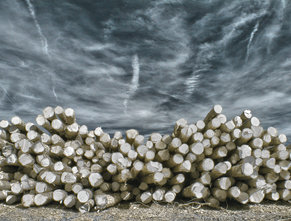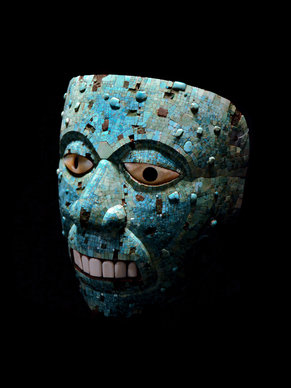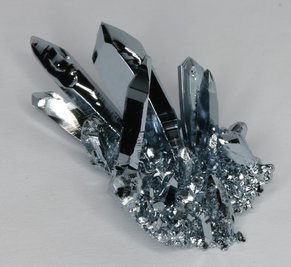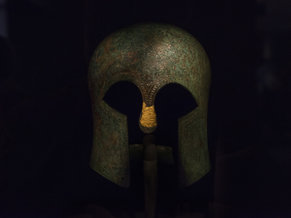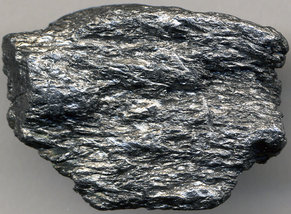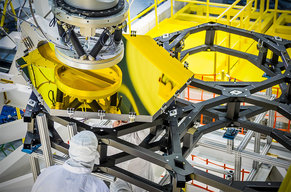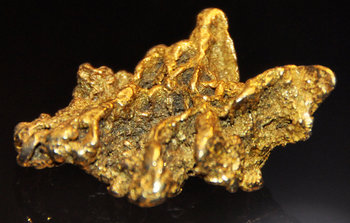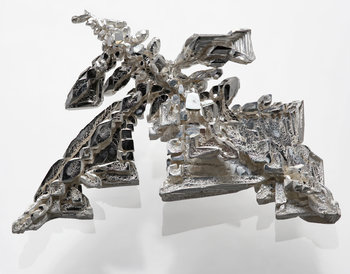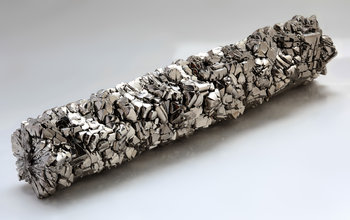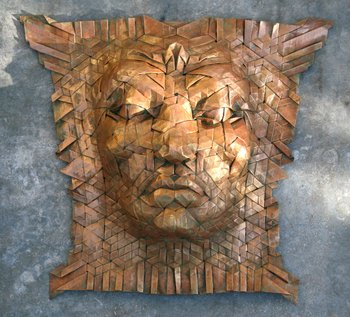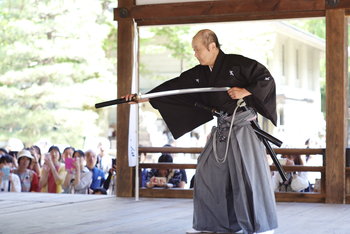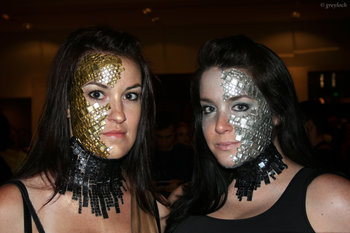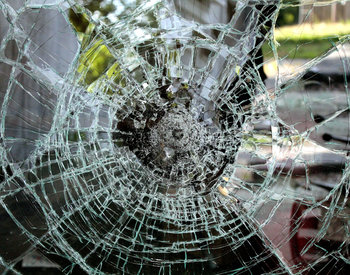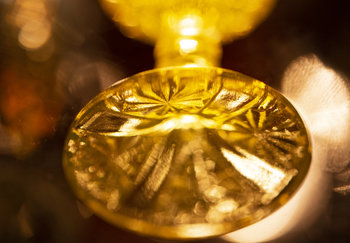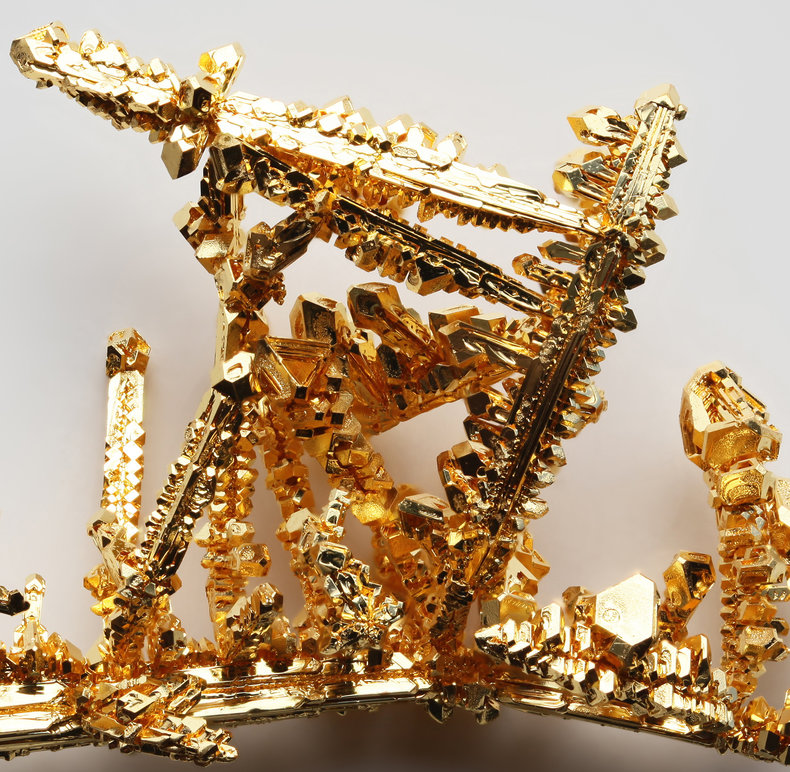
Supply & Demand
Precious metals have a high price as compared to base metals due to limited supply and healthy demand. This price changes with time but is typically orders of magnitude higher than base metals such as iron.Rarity
The supply of precious metals is constrained by their rarity and the rarity of commercially feasible deposits. The abundance of common precious metals in the Earth's crust is estimated as follows in parts per billion.Gold | 4 ppb |
Silver | 75 ppb |
Platinum | 5 ppb |
Production
The actual production levels of precious metals is a function of production costs and price. As the price of a metal rises, production will increase in the long term to increase supply and stabilize the price. This can take many years as new mining sites take a long time to develop and mining companies may be hesitant to invest in new capital if a price increase is viewed as temporary. Production levels are also influenced by costs that can go up over time as the most economical mines run dry. The following are estimated 2018 production levels.Gold | 3,260 metric tons |
Silver | 27,000 metric tons |
Platinum | 160 metric tons |
Reserves
Reserves are estimates of the amount of a resource that is economically feasible to extract. This number changes a great deal as discoveries are made or new technologies make extraction more efficient. The following are 2018 estimates of the global reserves of precious metals.Gold | 54,000 metric tons |
Silver | 560,000 metric tons |
Platinum | 69,000 metric tons |
Historical Production
Another important consideration in the supply of precious metals is the total amount of the metal that has been historically produced. Much of this is still around and recoverable. The following are estimates of total historical production.Gold | 187,000 metric tons |
Silver | 1,180,000 metric tons |
Platinum | 9,400 metric tons |
Currency
The first coins were made from electrum, a naturally occurring alloy of gold and silver by the Lydian Empire of Asia Minor as early as 560 BC. This was a brilliant innovation that allowed for relatively small items of high value (gold and silver coins) to be exchanged for goods and services. This can be contrasted with other historical forms of currency such as commodity currencies of rice and tobacco that were both perishable and heavy. Precious metals were used in circulating coinage until the 20th century. For example, US quarters contained silver until 1964. Coins made with precious metals are still produced as bullion, collectables and for use as an emergency currency.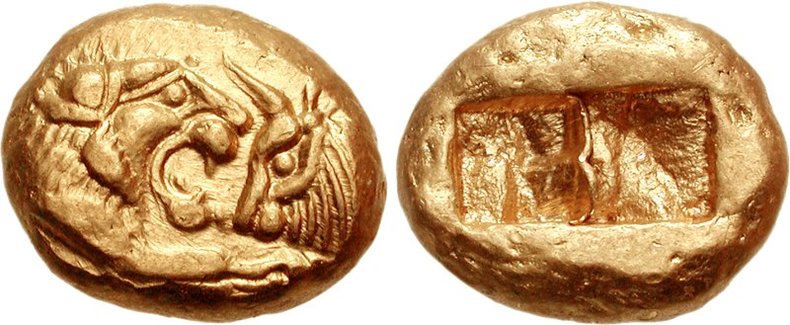
Culture
Gold and silver are two of the seven metals of antiquity upon which the ancient world was built. As such, they are both surrounded in history, symbolic meaning, storytelling, myth, folklore, tradition and culture. Platinum has far less history behind it as it appears in ancient artifacts but as unintentional alloy with other metals. The Spanish recognized the existence of platinum in the 16th century but viewed it as an impurity of gold that was thrown away. It wasn't until the late 18th century that fine objects were produced with pure platinum by French chemist Pierre-François Chabaneau.
Goods
Precious metals are used to produce high value luxury goods such as jewelry, decorative and cultural items.
Industrial Uses
Gold, silver, platinum and the platinum group metals all have extremely unique and valuable properties such that they have a large number of industrial uses. These uses are somewhat limited by the high prices of precious metals that encourage the substitution of base metals with less ideal properties. The following are illustrative examples of the properties of precious metals.Gold | High malleability, ductility and resistance to chemical reactions such as corrosion. Conducts electricity well and is highly reflective. One of the least reactive chemical elements. |
Silver | Highest electrical conductivity and thermal conductivity of any metallic element. Silver is also highly reflective for wavelengths of light longer than the violet and ultraviolet spectrum. |
Platinum | The most ductile of pure metals. Resistant to corrosion and chemical reactions. Stable electrical properties. Stable at high temperatures. |
Safety
The relatively nonreactive nature of gold and platinum make them relatively safe metals as compared to highly toxic metals such as lead. This certainly adds to their value. Pure silver is also viewed as quite safe for uses such as coins. However, silver is reactive and forms a wide variety of chemical compounds, many of which are toxic. Mercury is almost as rare as silver at 85 parts per billion in the Earth's crust. However, it isn't typically considered a precious metal due to its properties such as its liquid state at room temperature and extremely toxic nature. As such, safety may be viewed as one of the characteristics of precious metals as they can be safely used in jewelry, coinage and bullion.Notes
Estimates for the abundance of precious metals in the Earth's crust had some variation depending on the sources we investigated. As such these appear to be very much estimates that will differ by model.| Overview: Precious Metals | ||
Type | ||
Definition | A metallic element that is both rare and economically valuable. | |
Related Concepts | ||

